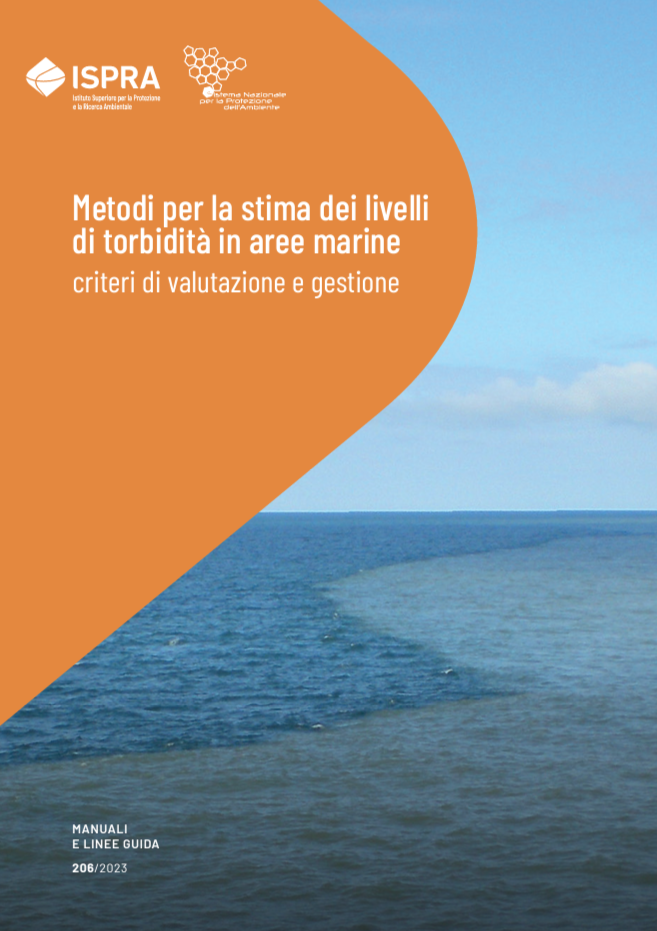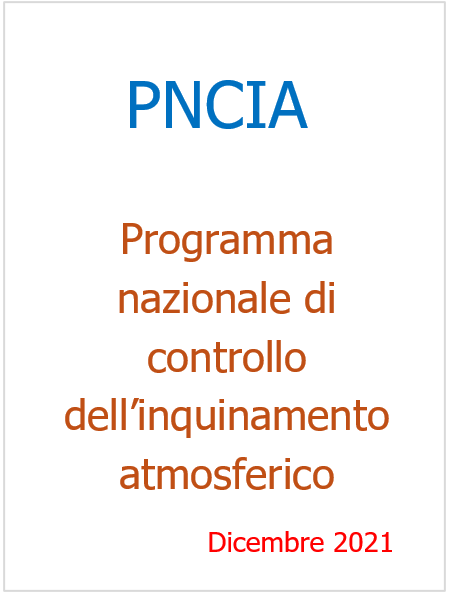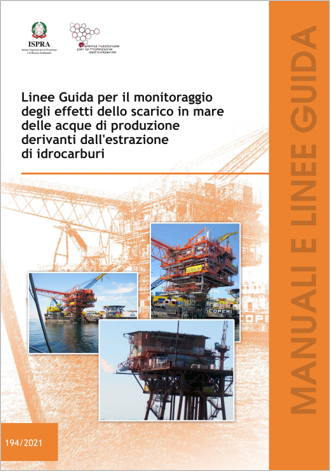Informazione tecnica HSE / 25 ° anno
/ Documenti disponibili:
45.530
/ Documenti scaricati: 34.315.783
/ Documenti scaricati: 34.315.783
FAO, 2019
These guidelines are published by the Food and Agriculture Organization of the United Nations (FAO) in response to the new and emerging threat of the olive quick decline syndrome (OQDS) caused by the bacterial pathogen Xylella fastidiosa. The disease poses an imminent threat to the entire Mediterranean basin, where 95 percent of the world’s olive trees are grown.
The guidelines:
(i) provide detailed information on the disease, its symptoms and vectors, outlining specific strategies for the implementation of a contingency programme, including biological and chemical control, nutrition management and best cultural practice;
(ii) target the national plant protection organizations (NPPOs), technical officers, olive-tree growers and other crucial stakeholders, who will play an integral role in the implementation of the national and regional contingency programmes;
(iii) represent a useful simplified tool that provides growers and field advisors with the technical information needed to assist them in defining specific measures for preventing the introduction and spread of the disease in their growing areas.
The guidelines are based on:
(i) the Xylella fastidiosa Pest Risk Assessment conducted by the European Food Safety Authority (EFSA, 2015);
(ii) the Commission Implementing Decision (EU) 2015/789;
(iii) articles published by Italian scientists;
(iv) the national action plan elaborated by the Italian Ministry of Agricultural, Food and Forestry Policies (MIPAAF) comprising the technical guidelines for the containment of the spread of X. fastidiosa spp. pauca strain CoDiRO (complesso del disseccamento rapido dell’olivo, the former name of OQDS);
(v) the containment of OQDS by the phytosanitary service of the Apulian region of south-east Italy. All these documents concern preventive measures on the introduction, spread and control of X. fastidiosa.
________
Foreword
Acronyms
Olive growing in the Mediterranean basin
Xylella fastidiosa: morphological traits and taxonomic position
Xylella fastidiosa as a plant pathogen
Pierce’s disease
Citrus variegated chlorosis
Xylella fastidiosa in Europe
Xylella fastidiosa outbreak in Apulian olive orchards
Current knowledge of the Xylella fastidiosa strain CoDiRO
International research
Epidemiology
Detection
EU legislative provisions
Management of the olive quick decline syndrome (OQDS)
Italian OQDS containment plan
Good crop management practices
Surveillance
Targeted risk-based selection of sites
Monitoring of demarcated areas
Surveillance of nursery activities
Requirements for movement of plant material from demarcated areas
References
ANNEX I
Methods of sampling plant material
ANNEX II
Equipment, supplies and insect storage
Precautions to prevent spread of insect vector
Fonte: FAO
Collegati:

ID 21034 | 22.12.2023 / In allegato
Queste Linee Guida sono il risultato della sinergia di Autori con diver...

ID 23229 | 02.01.2024 / Comunicato pubblicato sulla GU 14 febbraio 2022 n. 37

ISPRA, Manuali e linee guida 194/2021
Le società impegnate nel proc...
Testata editoriale iscritta al n. 22/2024 del registro periodici della cancelleria del Tribunale di Perugia in data 19.11.2024